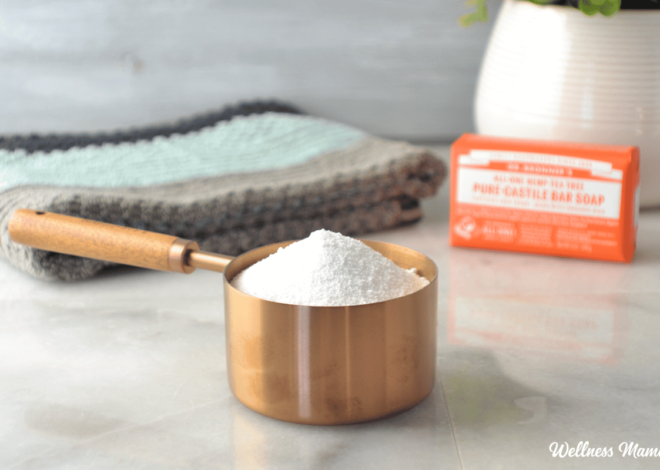
new year fitness resolution – Men’s Fit Club

The start of a new year is synonymous with fresh beginnings, and for many, this means setting fitness resolutions. Whether it’s shedding extra pounds, building muscle, or simply improving overall health, the desire to embrace a healthier lifestyle is a common theme. However, turning these resolutions into sustainable habits can be challenging. In this guide, we explore how to set achievable fitness goals, maintain motivation, and overcome obstacles to make your New Year fitness resolution a lasting success.
Why New Year Fitness Resolutions Matter
A Symbol of Renewal
Fitness resolutions symbolize hope and renewal. They represent an opportunity to break free from past unhealthy habits and chart a course towards better health.
Health Benefits
Improved fitness levels lead to numerous benefits, including increased energy, better mental health, reduced risk of chronic diseases, and enhanced quality of life. A fitness resolution is not just about looking good; it’s about feeling good and living longer.
Setting Realistic Fitness Resolutions Goals
The SMART Framework
One of the key reasons people fail to stick to their fitness resolutions is unrealistic goal-setting. The SMART framework—Specific, Measurable, Achievable, Relevant, and Time-bound—is a powerful tool for creating effective fitness goals. For example, instead of saying, “I want to lose weight,” aim for, “I want to lose 10 pounds in three months by working out three times a week and eating healthier.”
Tailoring Goals to Your Lifestyle
Your fitness goals should align with your lifestyle. Consider factors such as your work schedule, family commitments, and physical capabilities. Setting a goal to run every morning may not be feasible if you’re not a morning person, but a post-work gym session might be.
Building a Fitness Resolutions Routine
Choosing the Right Exercises
Your fitness routine should include a mix of cardiovascular, strength, and flexibility exercises. This balance not only improves overall health but also prevents boredom. For beginners, activities like brisk walking, bodyweight exercises, and yoga are great starting points.
Scheduling Workouts
Consistency is key to success. Treat your workouts as non-negotiable appointments. Plan them into your calendar and aim for at least 150 minutes of moderate aerobic activity or 75 minutes of vigorous activity per week, as recommended by health experts.
Starting Small
Don’t dive into a rigorous regimen from day one. Start with manageable sessions and gradually increase intensity and duration. This approach minimizes the risk of injury and builds confidence.
Nutrition: The Cornerstone of Fitness Resolutions
Balanced Diet Basics
A well-balanced diet fuels your workouts and aids recovery. Focus on whole, nutrient-dense foods like fruits, vegetables, lean proteins, and whole grains. Avoid crash diets or extreme calorie restrictions, which can be unsustainable and harmful.
Hydration
Staying hydrated is crucial for optimal performance and recovery. Aim to drink at least eight glasses of water daily, more if you engage in intense exercise.
Meal Planning
Meal prepping helps you stay on track with your nutrition goals. Plan your meals and snacks in advance to avoid the temptation of unhealthy convenience foods.
Staying Motivated With Your Fitness Resolutions
Tracking Progress
Monitor your progress to stay motivated. Use fitness apps, journals, or wearable devices to track workouts, weight, or other metrics. Celebrate milestones, no matter how small.
Finding Accountability
Share your fitness goals with a friend or join a fitness group. Having someone to hold you accountable increases your likelihood of sticking to your plan.
Mixing Things Up
Variety keeps fitness routines exciting. Try new activities like dance classes, rock climbing, or swimming to prevent monotony and engage different muscle groups.
Overcoming Common Challenges With Fitness Resolutions
Lack of Time
One of the most cited barriers to fitness is time. Combat this by incorporating short, high-intensity interval training (HIIT) sessions, which are effective and time-efficient.
Plateaus
Hitting a plateau can be discouraging. Break through by changing your routine, increasing intensity, or trying new exercises. Remember, progress isn’t always linear.
Injuries
Listen to your body and don’t ignore pain. Rest and seek professional advice when necessary. Incorporate rest days into your routine to allow your body to recover and grow stronger.
The Role of Mental Health Fitness Resolutions Play
Mindset Matters
A positive mindset is essential for long-term success. Instead of focusing solely on outcomes, appreciate the process and the small victories along the way.
Stress Management
Exercise is a powerful stress-relief tool. Incorporate activities like yoga, meditation, or nature walks to enhance both physical and mental well-being.
Sustainable Habits for Long-Term Success With Fitness Resolutions
Making Fitness a Lifestyle
Fitness shouldn’t feel like a chore. Find activities you enjoy and integrate them into your daily life. Take the stairs instead of the elevator, walk or bike to work, or play active games with your kids.
Celebrating Progress
Reward yourself for milestones. Buy new workout gear, enjoy a relaxing massage, or treat yourself to a healthy meal at your favorite restaurant.
Learning from Setbacks
Setbacks are a natural part of any journey. Instead of giving up, analyze what went wrong and adjust your approach. Persistence is key to achieving your fitness goals.
Success Stories: Real-Life Inspiration Fitness Resolutions
From Couch to 5K
John, a 35-year-old software engineer, set a New Year resolution to run a 5K. Starting with short walks and gradually increasing his endurance, he successfully completed his first race within six months.
Weight Loss Transformation
Sarah, a working mother of two, committed to losing 20 pounds by combining home workouts with healthier eating. She achieved her goal within a year and now inspires her friends to prioritize fitness.
Building Strength in Midlife
At 50, Linda started strength training to combat age-related muscle loss. Two years later, she’s stronger and more confident than ever, proving it’s never too late to start.
Tools and Resources
Fitness Apps
Apps like MyFitnessPal, Strava, and Fitbod offer workout plans, progress tracking, and nutrition advice to keep you on track.
Online Communities
Join forums or social media groups dedicated to fitness. Sharing experiences and tips with like-minded individuals can be motivating.
Professional Guidance
Consider hiring a personal trainer or dietitian to create a customized plan tailored to your needs and goals.
Final Thoughts
The New Year offers a perfect opportunity to take charge of your fitness journey. By setting realistic goals, building a balanced routine, and maintaining a positive mindset, you can transform your resolution into a lifelong commitment to health. Remember, the key to success lies in consistency, patience, and a willingness to adapt. Here’s to making this year your healthiest and happiest yet!














